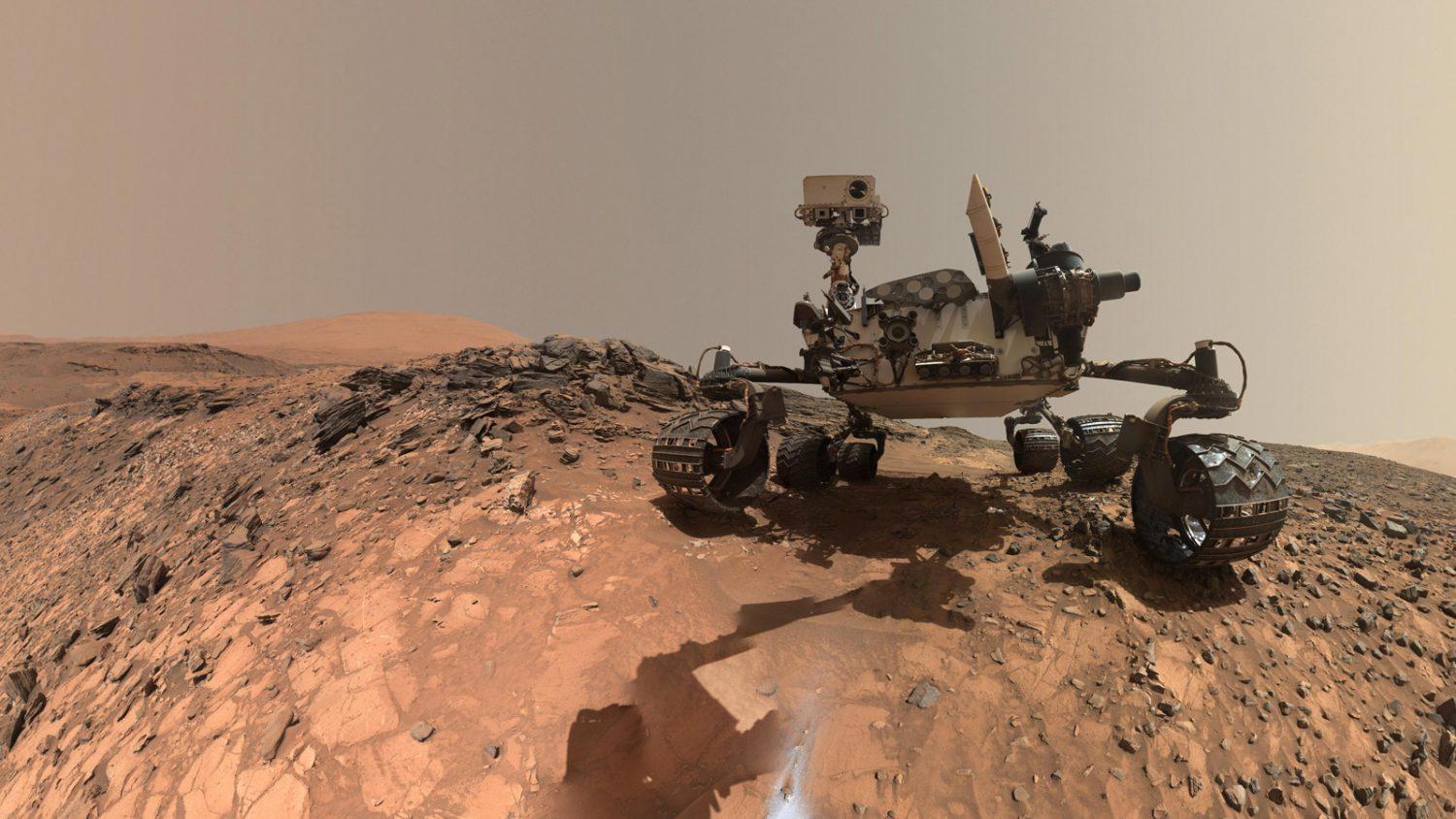NASA’s Curiosity rover has sent back new data to test the theory that life could exist on Mars. A new chemical analysis of soil suggests that comfortable conditions for life may indeed have been present on Mars in the distant past, but for a few short periods. Processes that created elements important for life could also have led to the planet’s current dry surface.

Curiosity, which has now been exploring Gale Crater since 2012, was looking for carbonates – carbon-rich minerals – in soil and rock samples. Carbon is considered the basis for life because of its ability to form molecules like DNA and RNA. The results indicate that the periods when Mars was habitable may have been short, but potentially living organisms could exist beneath the surface.
With the Sample Analysis at Mars tools, the Curiosity team analyzed the carbon and oxygen isotopes present in the samples. When heated to +899°C, the samples emitted gases, which were then analyzed with a laser spectrometer. The data showed higher levels of heavy isotopes of carbon and oxygen, indicating that Mars has unique conditions that are different from those on Earth.
There are two possible explanations for the presence of these isotopes. The first is the alternation of wet and dry periods, during which the water evaporated, leaving the heavier isotopes behind.
According to Jennifer Stern of NASA, these mechanisms point to different climate regimes on Mars. Some periods may have been relatively favorable to life, others the opposite. Although the results may seem disappointing, the researchers suggested that life may have existed underground, where conditions may have been more stable and comfortable at least for microorganisms.
Despite the mixed results, the search continues. The Curiosity and Perseverance rovers continue to explore Mars, and NASA plans to send humans to the planet in the 2030s or 2040s. If this happens, colonists will see Mars with their own eyes for the first time.
Earlier we reported on how the Curiosity rover found pure sulfur on Mars.
According to gizmodo.com


